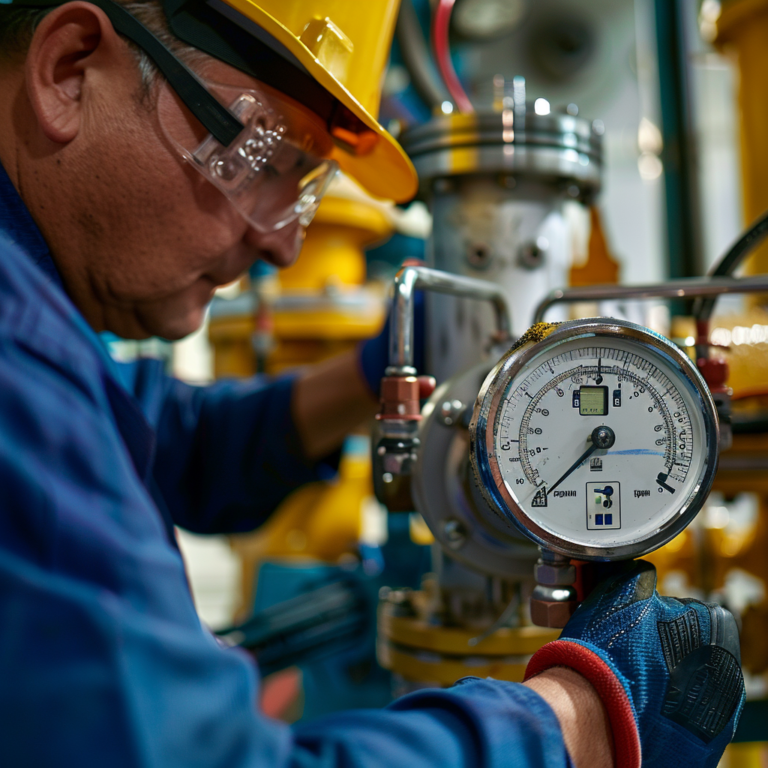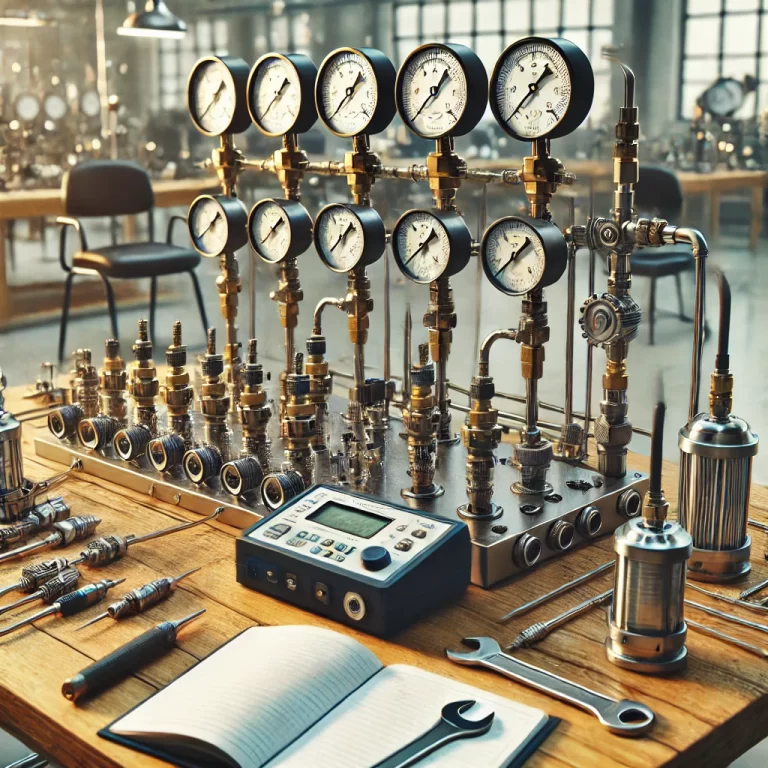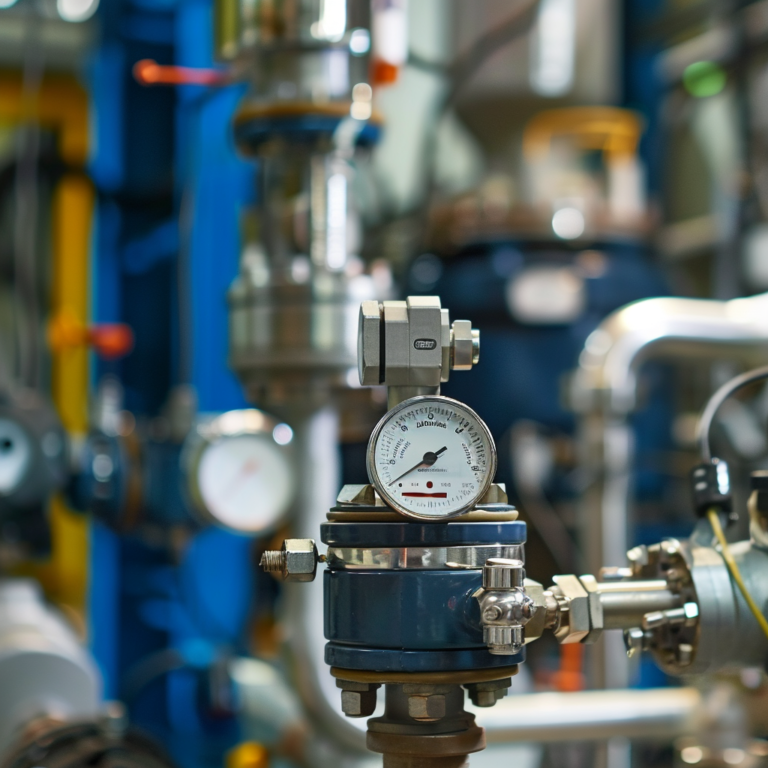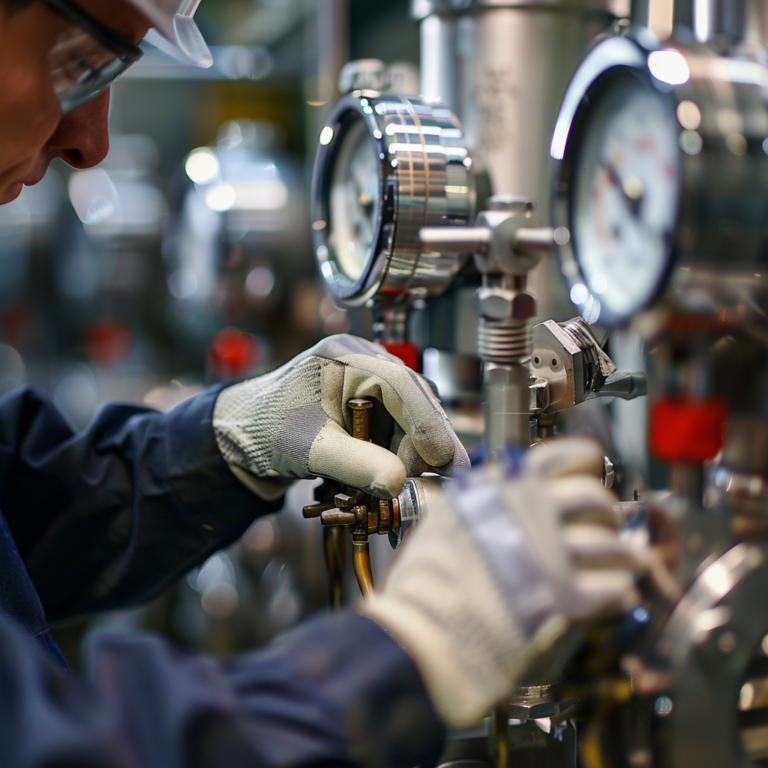Pressure transmitters play a crucial role in monitoring and controlling pressure in industries such as chemicals, power generation, and oil and gas. However, in outdoor or humid environments, water ingress can damage the equipment and even lead to safety incidents. In line with chemical instrumentation standards, the rain and waterproofing measures for pressure transmitters must be considered across installation design, sealing protection, and routine maintenance. Below is a comprehensive guide summarizing these techniques based on industry standards and hands-on experience.

1. Installation Location and Protective Structure Design
1.1 Avoid Direct Outdoor Installation and Use Protective Covers
If a pressure transmitter must be installed outdoors, it should be equipped with a protective cover or rainproof enclosure to prevent direct exposure to rain and excessive sunlight. The cover should be made from corrosion-resistant materials (such as stainless steel) and ensure adequate ventilation to avoid moisture buildup inside.
Example: In a chemical plant located in a coastal area, the transmitter was installed with a double-layer stainless steel protective cover. The inner layer contained desiccant, effectively isolating salt spray and rainwater.
1.2 Choose Dry and Well-Ventilated Locations
The installation site should be away from areas prone to water accumulation, such as sprinklers or drainage points. It is best to install the transmitter near the upper part of a pipeline to avoid the risk of liquid backflow. For gas pressure measurement, the pressure tap should be located at the top of the pipe, and the transmitter should be mounted above the pipe to facilitate the return of condensate liquid.

2. Sealing and Waterproofing Treatment for Connections
2.1 Waterproof Cable Glands and Sealing Nuts
When wiring, cables should pass through waterproof cable glands or flexible pipes, and sealing nuts should be tightened to ensure there are no gaps at the connection points. If metal protective conduits are used, the ends should be properly sealed to prevent water from entering the housing along the cables.
Note: The tightening torque should conform to the standard (typically less than 70 Nm) to avoid damaging the threads due to excessive force.
2.2 Optimizing Sealing at Pressure Interfaces
Pressure interface threads (e.g., M20×1.5) should be fitted with nylon or copper washers to enhance the sealing effect. For corrosive media, consider using isolating-type transmitters with flange-mounted diaphragms that are flush with the equipment walls to reduce external contact.
3. Condensation Prevention for Pressure Tubes and Tap Holes
3.1 Requirements for Pressure Tubing Installation
Pressure tubing should be fixed in areas with minimal temperature fluctuations to avoid seal failure caused by thermal expansion and contraction. When measuring steam or high-temperature media, a buffer tube and condenser should be installed to prevent direct contact between high-temperature steam and the transmitter, and to avoid condensate buildup.
3.2 Preventing Blockages and Cleaning of Tap Holes
Regular cleaning of the tap holes using trichloroethylene or alcohol is necessary. Sharp tools should be avoided to prevent damage to sensitive diaphragms. If the media tends to crystallize, it is recommended to use insertion-type flange transmitters to reduce the risk of blockage.

4. Enhanced Waterproofing Solutions for Special Conditions
4.1 Moist and Submerged Environments
For prolonged exposure to humid environments or potential immersion in water, it is essential to select transmitters with an IP67 or higher protection rating. Some models are equipped with remote diaphragm seals, using capillary tubes to isolate the sensor from direct contact with the medium, preventing water exposure.
4.2 Winterization and Combined Waterproofing
For outdoor installations, pressure tubes and transmitters should be wrapped with heating tapes and insulation layers to prevent freezing of rainwater, which could expand and damage the diaphragm. Additionally, regularly check the seals for cracking due to cold temperatures and replace hardened seals as needed.
5. Daily Maintenance and Inspection
5.1 Regular Sealing Checks
It is important to check cable connections, sealing nuts, and protective covers weekly. If any components are found to be loose or corroded, they should be replaced immediately. Monthly insulation resistance testing of the transmitter casing should be performed using a megger to ensure no short-circuit risks due to water ingress.
5.2 Cleaning and Drying Management
When cleaning the transmitter surface, avoid using high-pressure water or corrosive solvents. If the sensor has been exposed to rainwater, it should be disassembled and thoroughly dried. In some cases, nitrogen gas can be used to purge the interior of the device to ensure it is completely dry.
5.3 Waterproof Performance Testing
Once a year, conduct waterproof testing to simulate heavy rain conditions (e.g., spray test) to verify the effectiveness of protective covers and sealing components. Replace any aging parts promptly to maintain reliable protection.
6. Selection and Material Optimization Suggestions
6.1 Prioritize Waterproof Transmitters
For regions with frequent rainfall, it is recommended to select single-crystal capacitive or isolating-type transmitters. These models have designs that are more resistant to moisture, and the circuit boards are often encapsulated with epoxy resin for extra protection.
6.2 Use Corrosion-Resistant Materials
For media containing corrosive elements (such as acidic rain), the transmitter housing should be made from materials like Hastelloy or 316L stainless steel, and the diaphragm should be made from tantalum to extend the equipment’s lifespan.

Conclusion
The rain and waterproofing measures for pressure transmitters should be considered not only during installation but also throughout the design, selection, and operation phases. Through proper installation, standardized operations, and regular maintenance, the reliability of the equipment can be significantly enhanced, reducing the risk of failure. Companies should tailor their rainproofing solutions to their specific working conditions and, when necessary, consult professional instrumentation suppliers for customized support.
